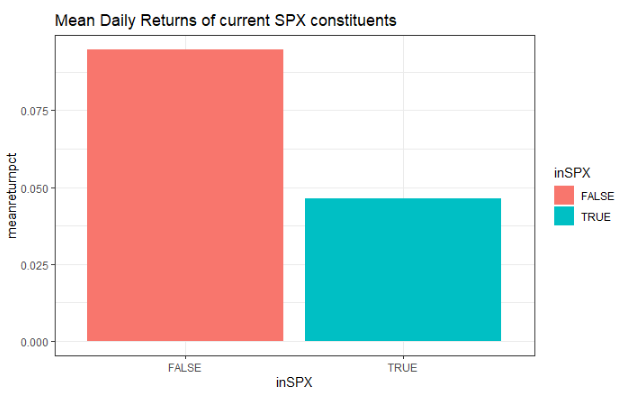Exploiting The Non-Farm Payrolls Drift
Anyone that’s been around the markets knows that the monthly release of the United States Department of Labor’s Non-Farm Payrolls (NFP) data can have a tremendous impact, especially in the short term. NFP is a snapshot of the state of the employment situation in the US, representing the total number of paid workers, excluding farm …


